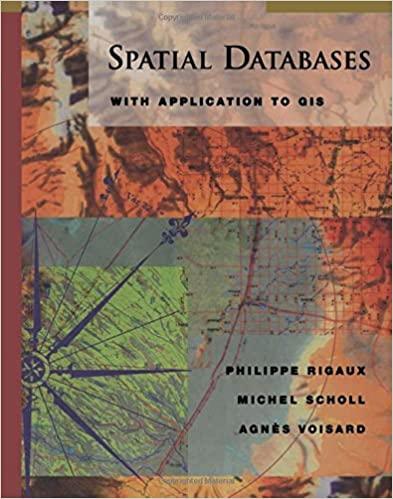Question
Project Phase 1 -- Lexical Analysis Using lex Define the tokens in the FP language in lex definitions and feed it to lex to generate
Project Phase 1 -- Lexical Analysis Using lex Define the tokens in the FP language in lex definitions and feed it to lex to generate a scanner (lexer). Then, use the sample program as well as other testing programs written in FP to test your scanner. Note that it is your responsibility to convert the BNF (or verbal) definitions to lex definitions. The tokens in FP include: The set of keywords: Program, Function, return, if, then, else, while, do, or, and, print. The set of special symbols: {, }, (, ), =, +, , *, /, %, ==, >, <, >=, <=, !=. The set of other tokens: identifier, integer, float, character-string, Boolean. It is also your responsibility to insert appropriate statements (actions) in your lex definition file so that the lexer (created by lex) will generate a symbol table and print the output token names appropriately. You should design the symbol table such that it contains the necessary fields for this as well as the future projects.
Code Given:
%option noyywrap %{ #include
{
char name[5];
char type[5];
struct node* next;
};
struct node* head;
%}
dt int|float|real|boolean
L [a-zA-Z]
D [0-9]
builtin main|print|scanf
id {L}({L}|{D})*
contdionalop {<|>|<=|>=|==}
whitesp [ \t]+
newline [ ]+
%%
if/"(" {printf("\"%s\" if loop. ",yytext);}
while/"{" {printf("\"%s\"while loop start. ",yytext);}
do/"{" {printf("\"%s\"do while loop start. ",yytext);}
while/"(" {printf("\"%s\"do while loop end. ",yytext);}
{D}+ {printf(" \"%s\" is a digit. ",yytext);}
contdionalop {printf("\"%s\" is a conditional operator. ",yytext);}
{dt} {printf(" \"%s\" is a datatype. ",yytext);}
{id}/"[" {printf("\"%s\" is an array. ",yytext);}
{id} {insertid(yytext,"id");}
{builtin}"(" {printf("\"%s\" is a built in function. ",yytext);}
{id}"(" {printf("\"%s\" is a user defined function. ",yytext);}
[);,]
"//"({L}({L}|{D})*|{whitesp})* {printf("\"%s\" is a single line comment. ",yytext);}
"\*"({L}({L}|{D})*|{whitesp}|{newline})*"*/" {printf("\"%s\" is a multiline line comment. ",yytext);}
%%
main()
{ //src.c yyin = fopen("src.c","r");
head = NULL;
yylex();
yywrap();
display();
}
insertid(char *str,char *type)
{
struct node* current = (struct node*)malloc(sizeof(struct node));
struct node* new = (struct node*)malloc(sizeof(struct node));
if(head==NULL)
{
head = (struct node*)malloc(sizeof(struct node));
strcpy(head->name,str);
strcpy(head->type,type);
head->next = NULL;
}
else
{
current = head;
while(current->next!=NULL)
{
current = current->next;
}
current->next = new;
strcpy(new->name,str);
strcpy(new->type,type);
new->next = NULL;
}
}
display()
{
printf(" NAME\t\tTYPE ");
printf("%s\t\t%s ",head->name,head->type);
struct node* current = (struct node*)malloc(sizeof(struct node));
struct node* new = (struct node*)malloc(sizeof(struct node));
current = head;
while(current->next!=NULL)
{
current = current->next;
printf("%s\t\t%s",current->name,head->type);
printf(" ");
}
}
extern int yywrap()
{
return 1;
}
Step by Step Solution
There are 3 Steps involved in it
Step: 1

Get Instant Access to Expert-Tailored Solutions
See step-by-step solutions with expert insights and AI powered tools for academic success
Step: 2

Step: 3

Ace Your Homework with AI
Get the answers you need in no time with our AI-driven, step-by-step assistance
Get Started


